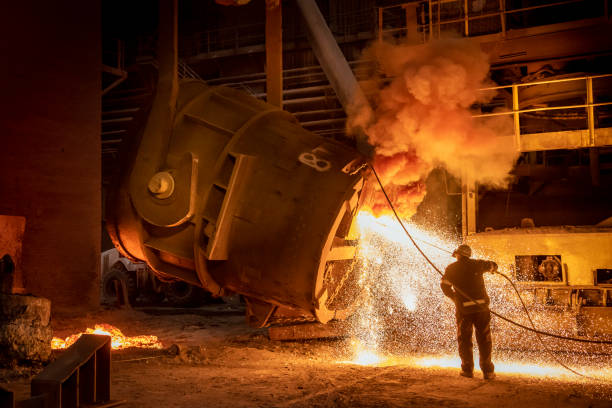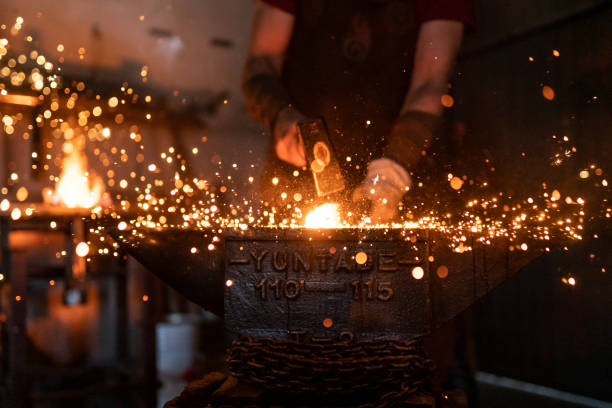Iron becomes more durable and usable after being melted in a furnace. Cast iron is created when foundry workers pour the hot metal into moulds and let it cool and solidify. The precise properties of the finished product depend on the furnace temperature and the materials that are added, or “alloyed,” to the molten iron.
Although both ductile iron fittings Malaysia and malleable iron are produced by casting the ore, there are some differences between the two metals.
Meaning
A flexible substance won’t split or fracture when you pound it into a different shape. A ductile substance can be drawn out into a lengthy, thin thread, such as a wire. These phrases can be a little deceptive when referring to iron. Both ductile and malleable irons may be pulled out into strands and respond well to hammering, however, the latter can be drawn even further.
Development
Early cast iron, often referred to as “grey” and “white,” was extremely brittle and prone to cracking under pressure. A huge improvement, malleable iron was less brittle and easier to form. Up until 1943, when Keith Dwight Millis of the International Nickel Co. research lab created ductile iron, an even stronger and more flexible metal, it remained the most common type of cast iron.
Production
Foundry workers melt iron ore and quickly cool it by pouring it into moulds to create malleable iron. The castings are reheated for up to 100 hours at a temperature of about 1,700 F, then progressively cooled. Hematite ore is added by the workers during this tempering or “annealing” process. Making ductile iron is less difficult. Cerium, sodium, or magnesium is added as iron ore is melting by foundry employees. The final alloy is cooled before being cast in moulds.
Composition
Small, atypically formed carbon particles develop during the annealing procedure for malleable iron. Compared to earlier cast irons, they increase the metal’s strength and flexibility. The ingredients supplied during the melting process in ductile iron aid in the formation of additional sphere-like carbon particles. The metal is stronger and more easily bent, twisted, and stretched than malleable iron thanks to its spheroid composition, which also offers it fewer internal faults.
Casting
When malleable iron is cast into a mould, as it cools, it contracts significantly. To obtain the proper shape, foundry workers must top out the mould with molten ore called a “feeder.” As it forms in the mould, ductile iron contracts significantly less than malleable iron. Due to its lack of shrinkage, ductile iron is more resistant to internal flaws and weak spots brought on by the casting process than malleable iron.
Cost
Utilizing less feeder metal is ductile iron. Additionally, it consumes less energy because it needs less heating than malleable iron. Due to these factors, ductile iron is substantially more affordable to produce than malleable iron for producers.
Uses
Both kinds of iron is sturdy, long-lasting, and suitable for shaping into new shapes. Pipework and automobile components including crankshafts, truck axles, and wheel hubs are made of ductile iron. When it needs to be hammered flat and shaped, malleable iron is the ideal material. It is frequently used by metalworkers to create “worked iron” products like brackets and gates.

